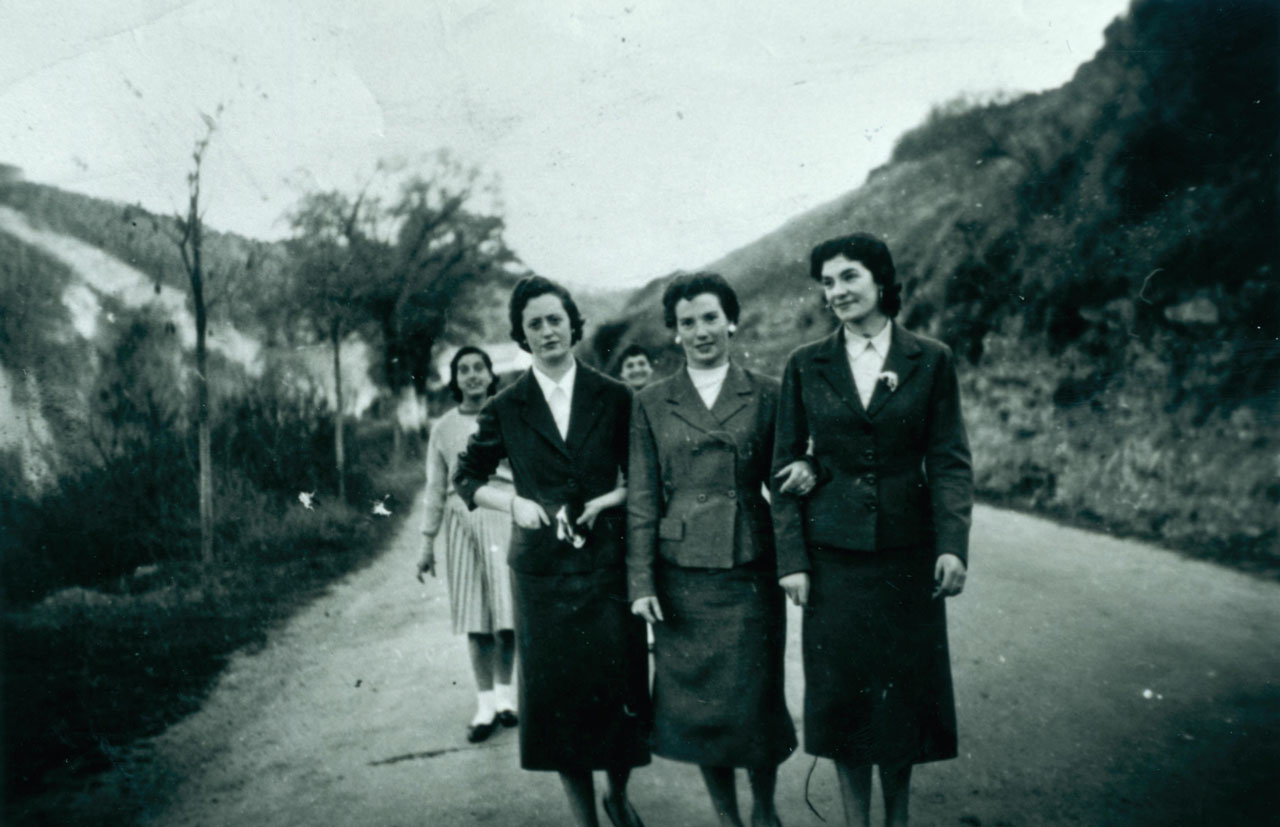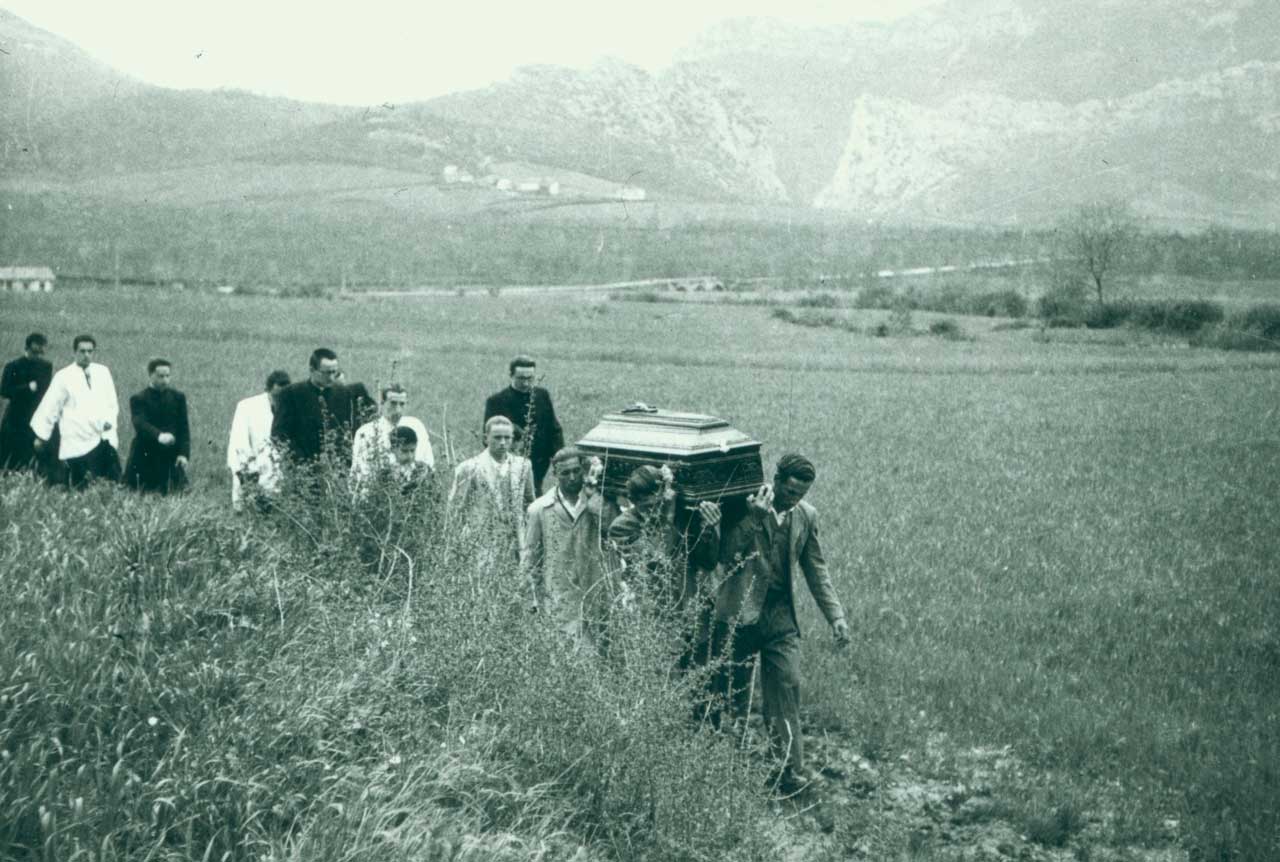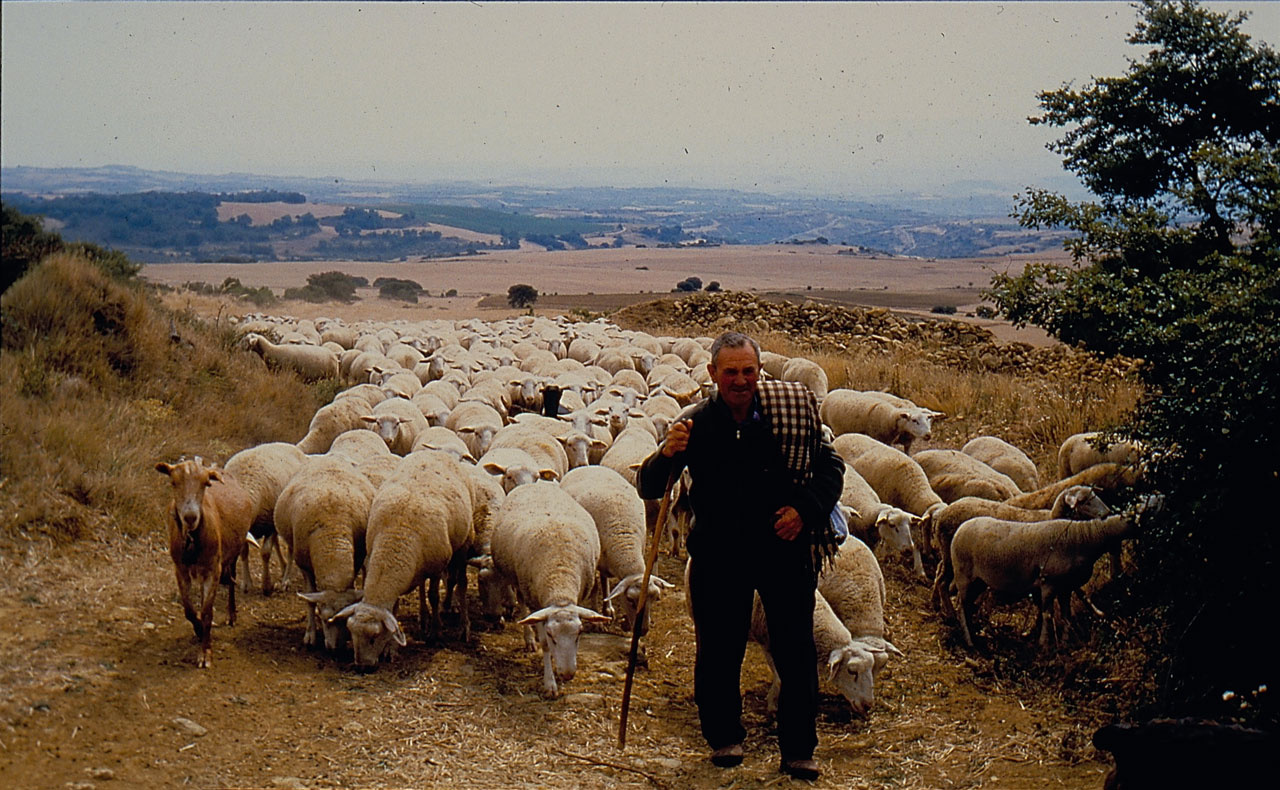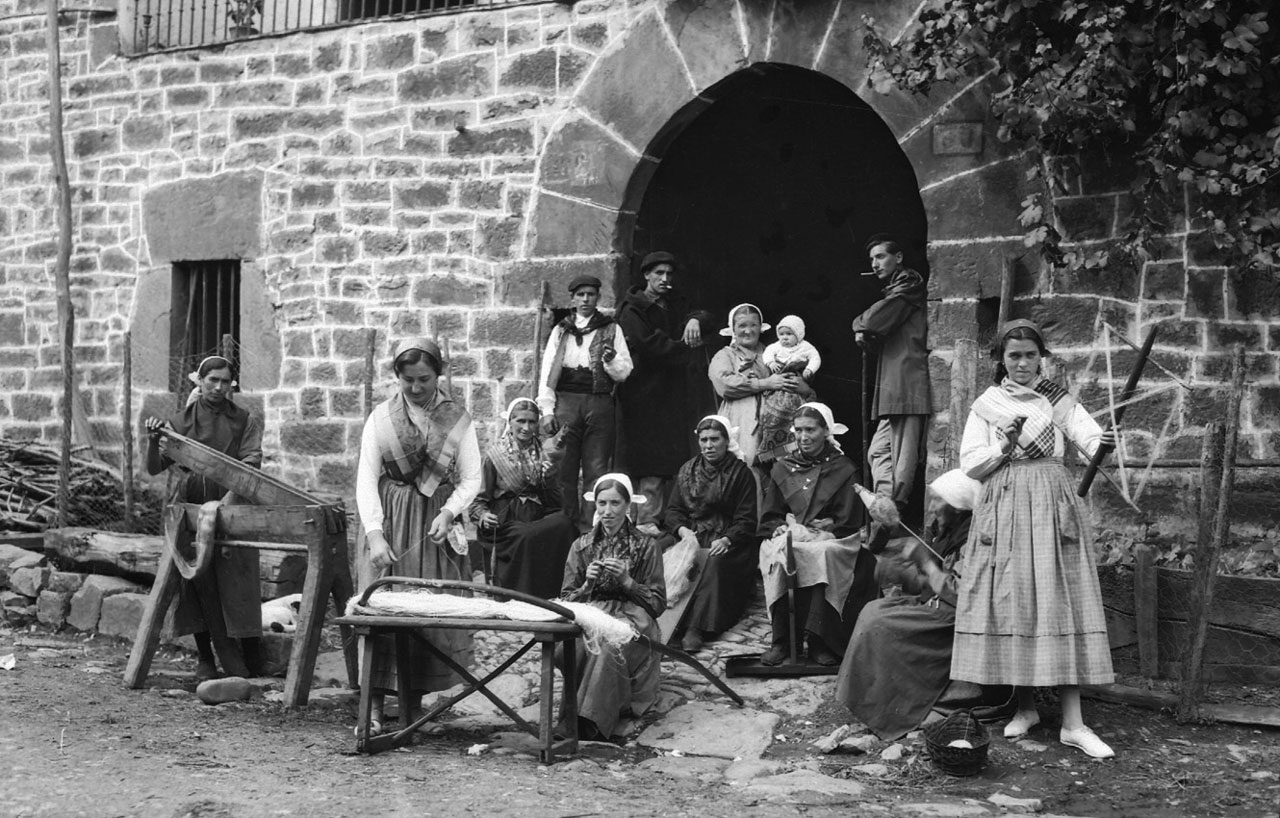Diferencia entre revisiones de «Main Page/en»
De Atlas Etnográfico de Vasconia
| Línea 243: | Línea 243: | ||
| − | ===[agricultura| | + | ===[agricultura|Agriculture in the Basque Country|/atlas/agricultura.png|Traditional agriculture and the great changes that occurred over the last decades of the 20th century, leading to high levels of agricultural mechanisation.]=== |
| − | ====[ Agricultura_en_vasconia | | + | ====[ Agricultura_en_vasconia | Agriculture in the Basque Country]==== |
====[/atlas/agricultura/Andreak-asto-gainean-astotzarekin.jpg|Milk-women. Source: Ecclesiastical Historical Archive of Bizkaia: Sanctuary of Urkiola Collection.|Our rural folk and our ancestors knew and practised agriculture on a more human scale and from a more holistic approach; it is not only the yield that matters, but also the complex network of physical factors and human beings involved in an activity that is actually based on cultivating the life that feeds us.||ENLACE]==== | ====[/atlas/agricultura/Andreak-asto-gainean-astotzarekin.jpg|Milk-women. Source: Ecclesiastical Historical Archive of Bizkaia: Sanctuary of Urkiola Collection.|Our rural folk and our ancestors knew and practised agriculture on a more human scale and from a more holistic approach; it is not only the yield that matters, but also the complex network of physical factors and human beings involved in an activity that is actually based on cultivating the life that feeds us.||ENLACE]==== | ||
Revisión del 12:47 27 ene 2020
Zurututza Farmhouse. Zeanuri (B), c. 1925. Source: Labayru Fundazioa Photograhic Archive: Felipe Manterola Collection.
House and Family in the Basque Country


House and Family in the Basque Country
Etxeko habeak, etxeko berri. A fool knows more in his own house than a wise man in another’s.
Family Diet in the Basque Country


Family Diet in the Basque Country
Goseak dagonarentzat, ogi gogorrik ez. The famished make a feast out of bread crumbs.
Children’s Games in the Basque Country


Children’s Games in the Basque Country
Before glass, and even clay, marbles were introduced, they used parts of plants, including oak acorns and seed pits.
Traditional Medicine in the Basque Country


Traditional Medicine in the Basque Country
Ona da ardaoa, kentzeko burutik beherakoa. Treat a cold with a hot toddy.
Rites from Birth to Marriage in the Basque Country


Rites from Birth to Marriage in the Basque Country
Neskazaharrak joaten dira Madalenara, santuari eskatzera senar on bana. Folk song
Funeral Rites in the Basque Country


Funeral Rites in the Basque Country
Dying on a rainy day or if it rained after the death showed that the soul would be saved: gorputz ona, euritsu.
Shepherd from Lanciego (A) on the climb to Toloño, 1996. Source: José Ángel Chasco, Etniker Euskalerria Groups.
Ganaderia y pastoreo en Vasconia


Ganaderia y pastoreo en Vasconia
The Mediterranean watershed of the Basque Country was, and to a large extent is, characterized by the importance of the commons, the communal character of their exploitation by associations and brotherhoods comprising multiple municipalities still persisting today.
Agriculture in the Basque Country


Agriculture in the Basque Country
Linoaren atsekabeak, amaigabeak. Producing fine linen is hard work.








